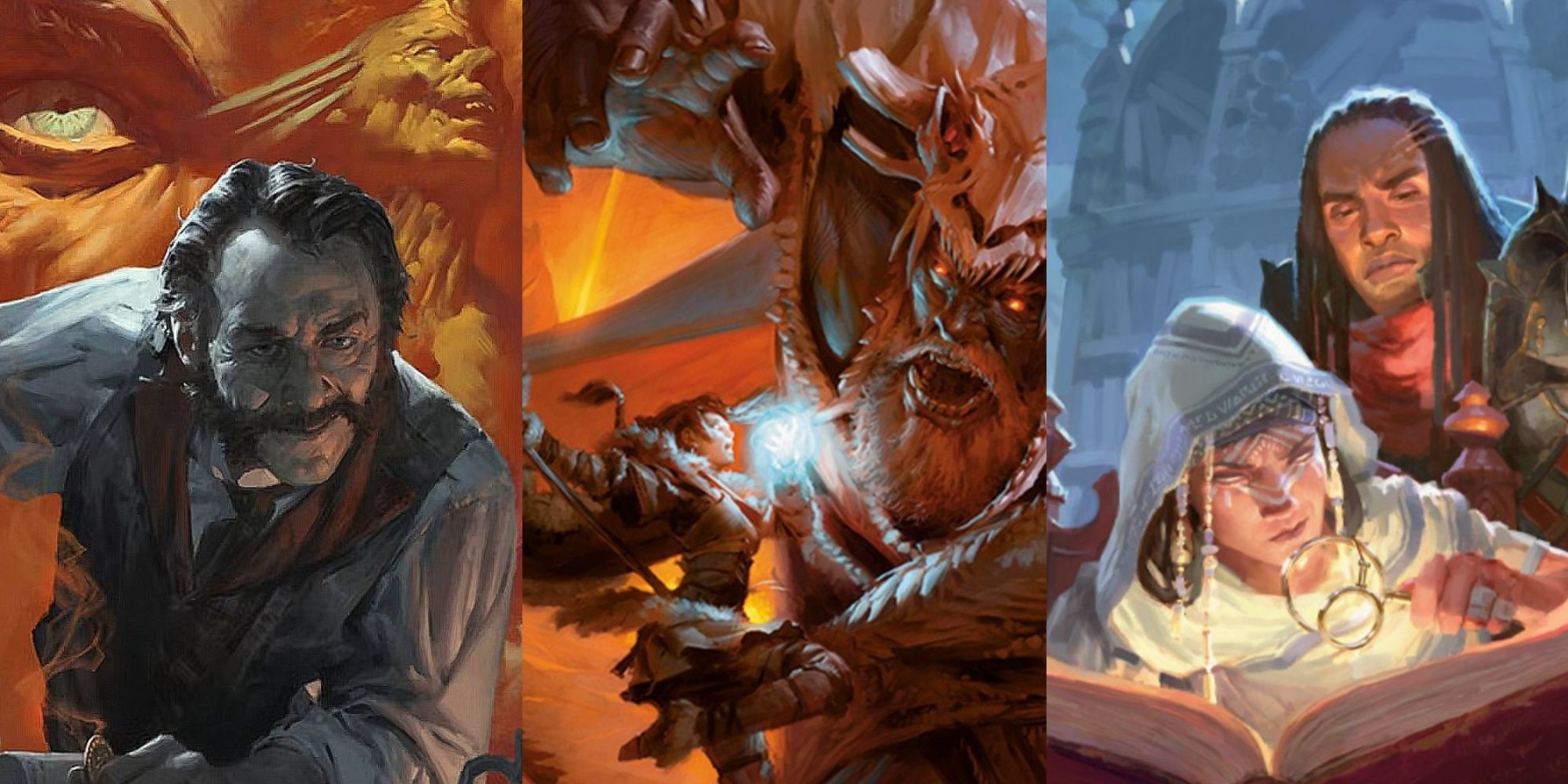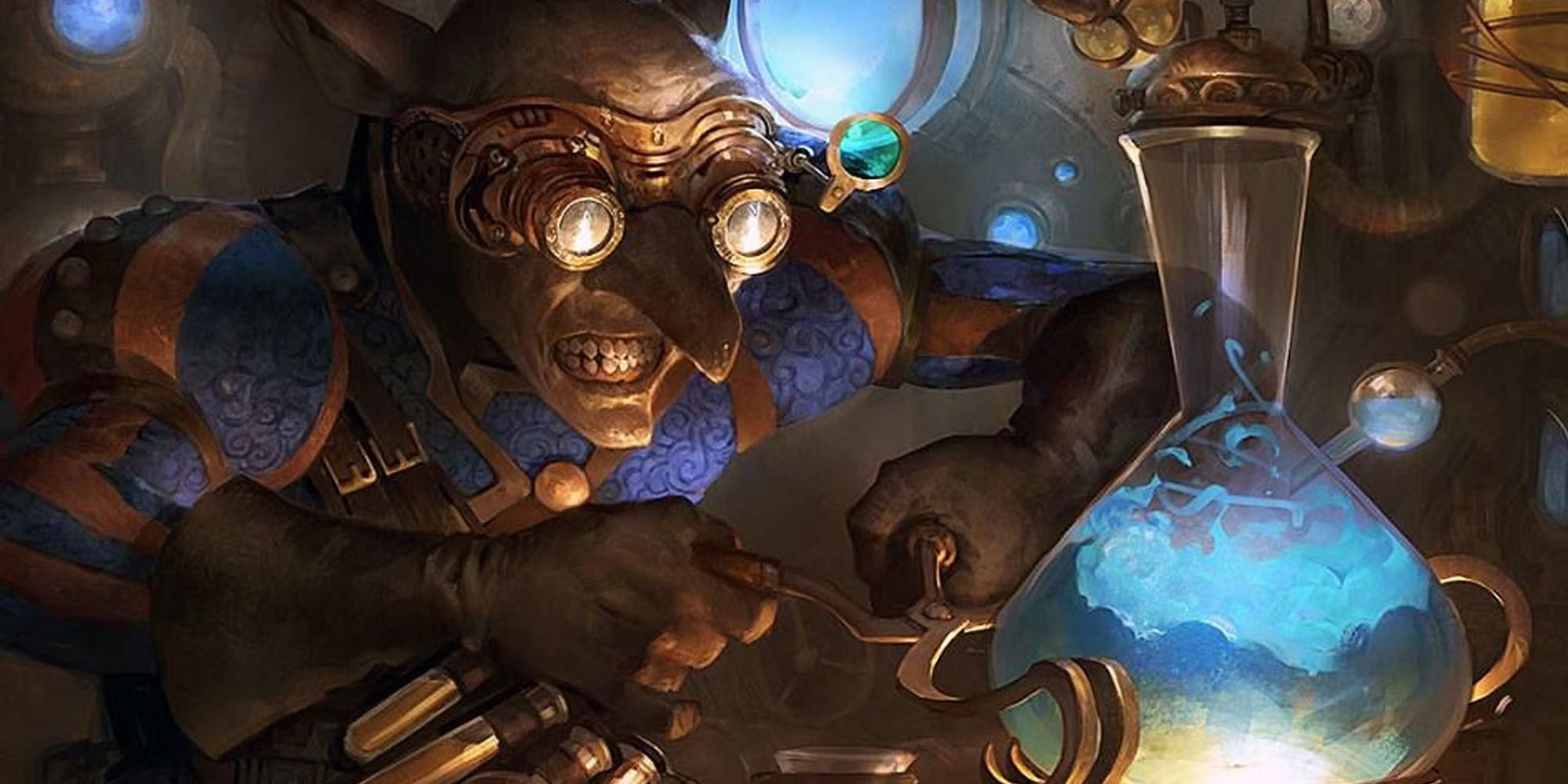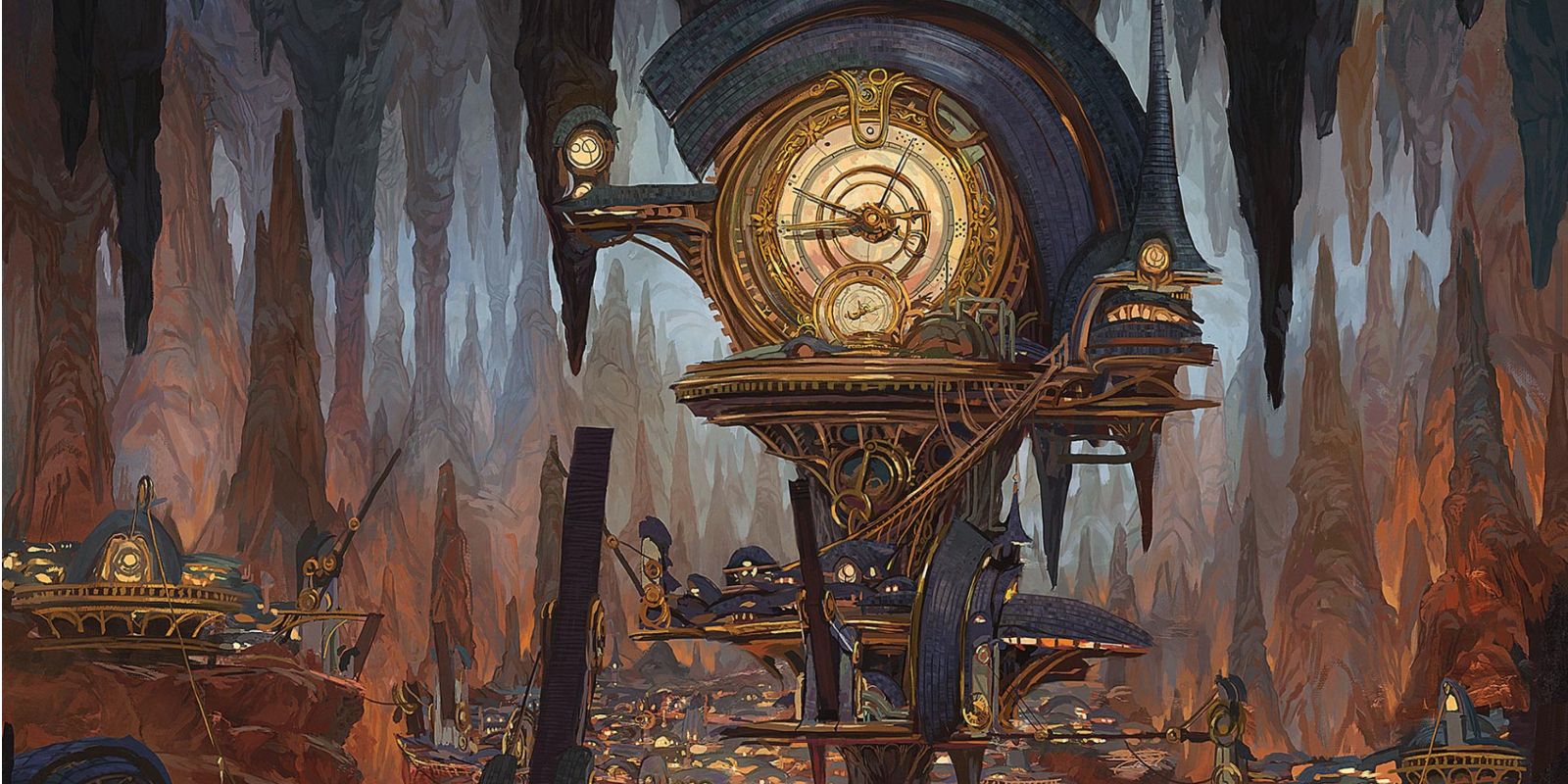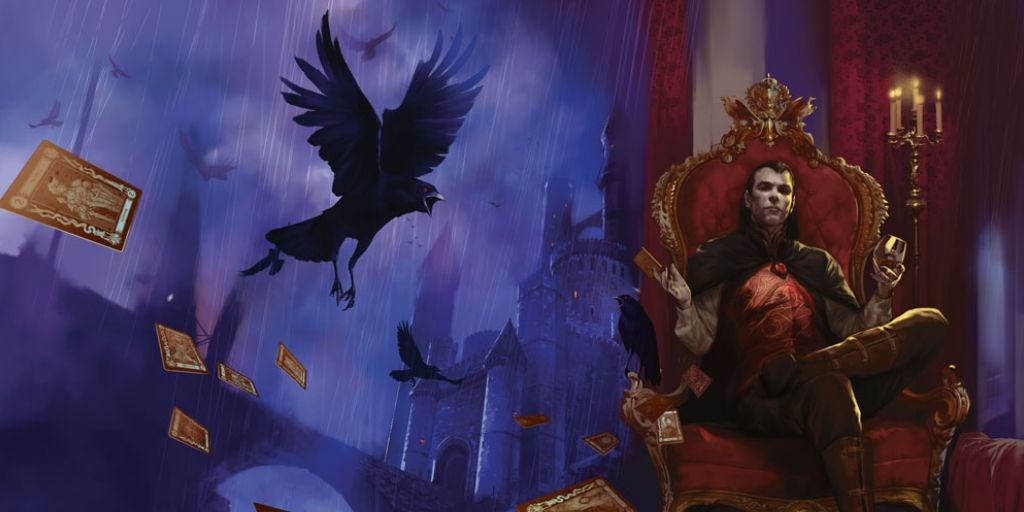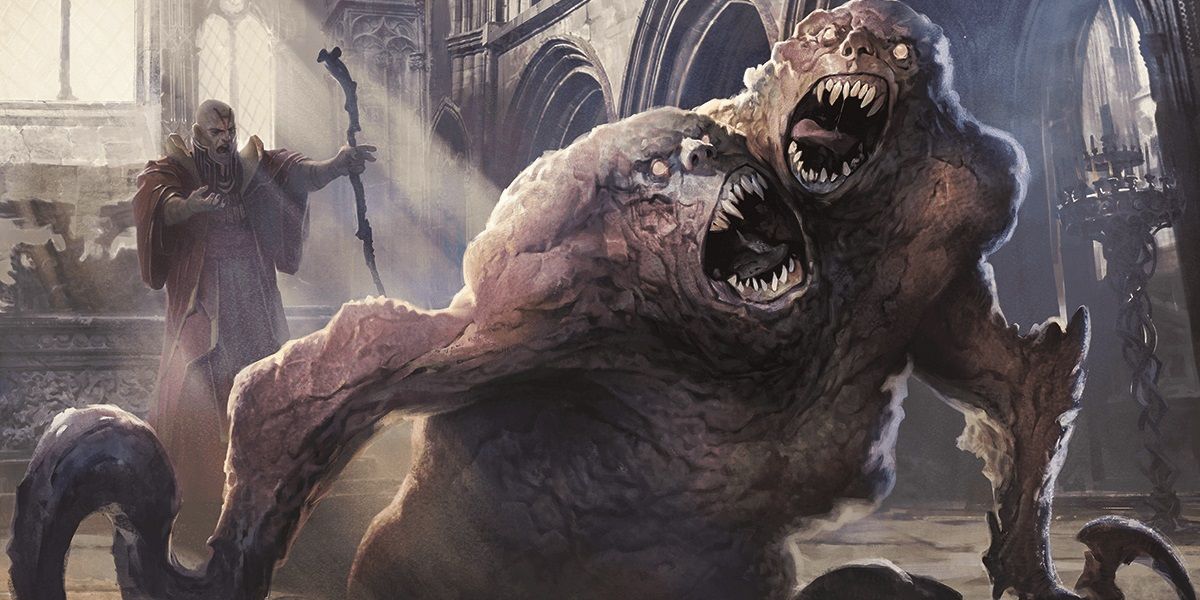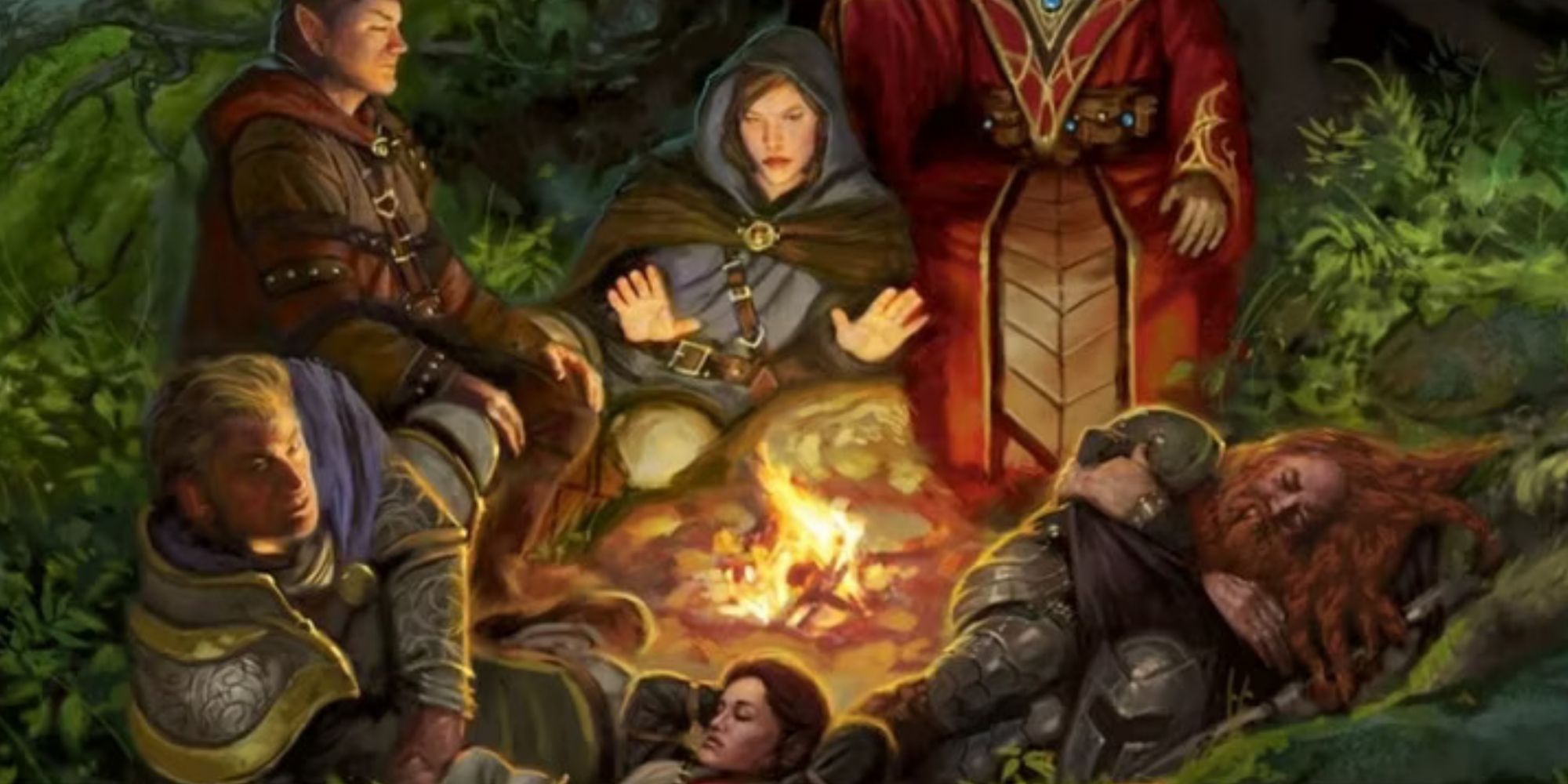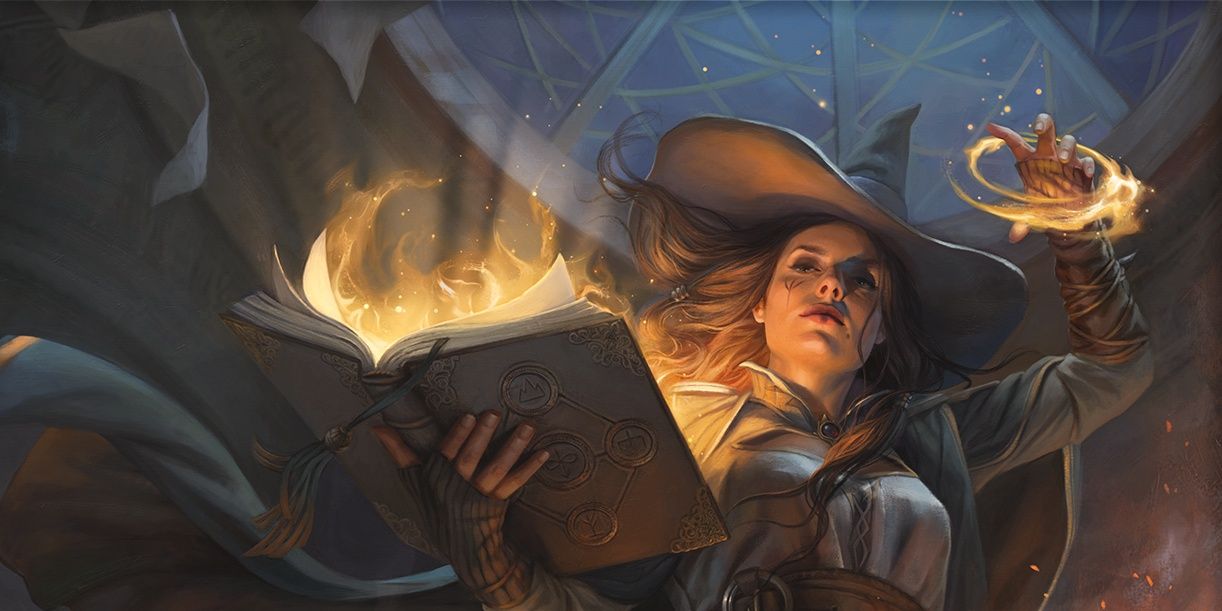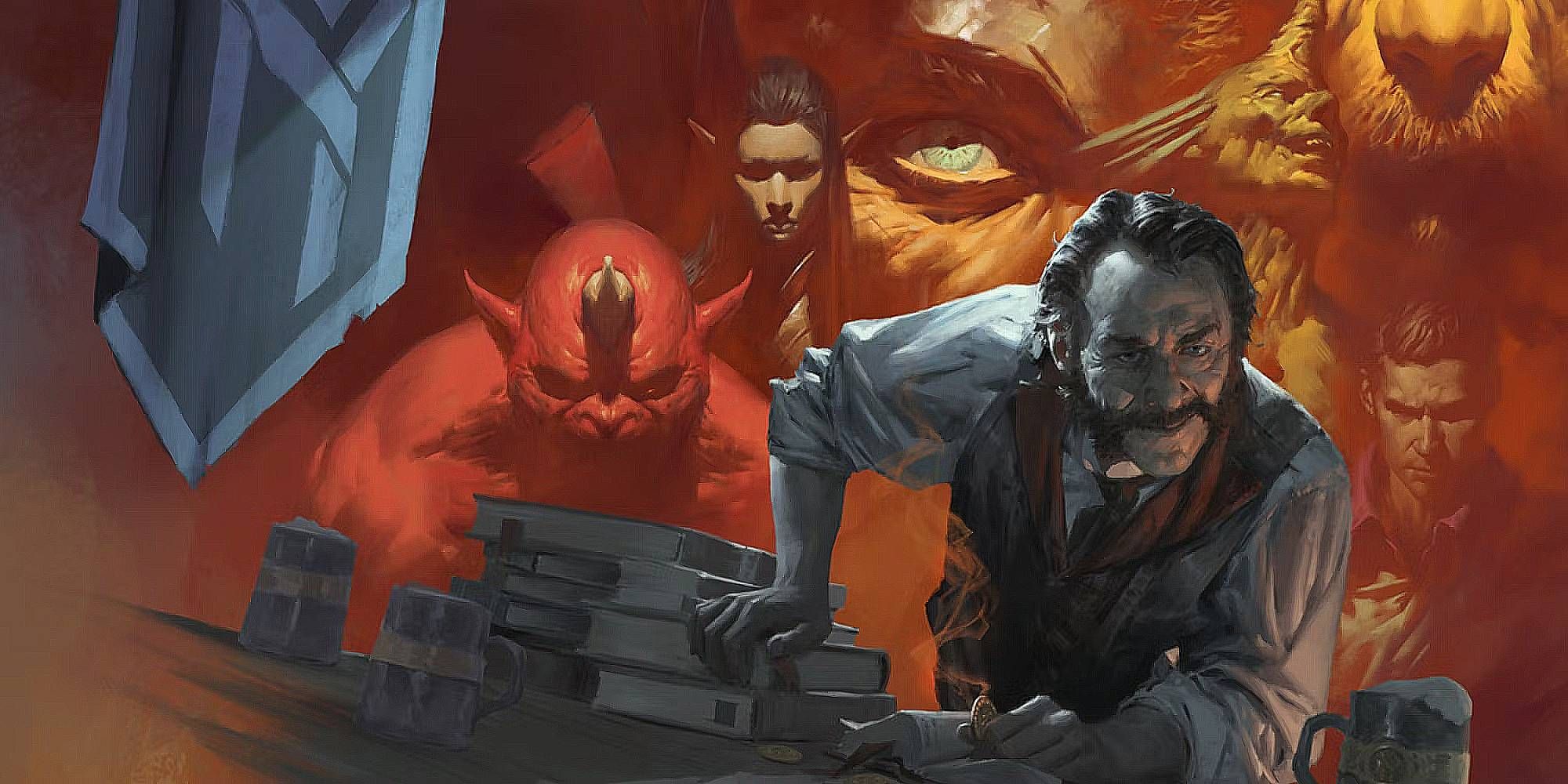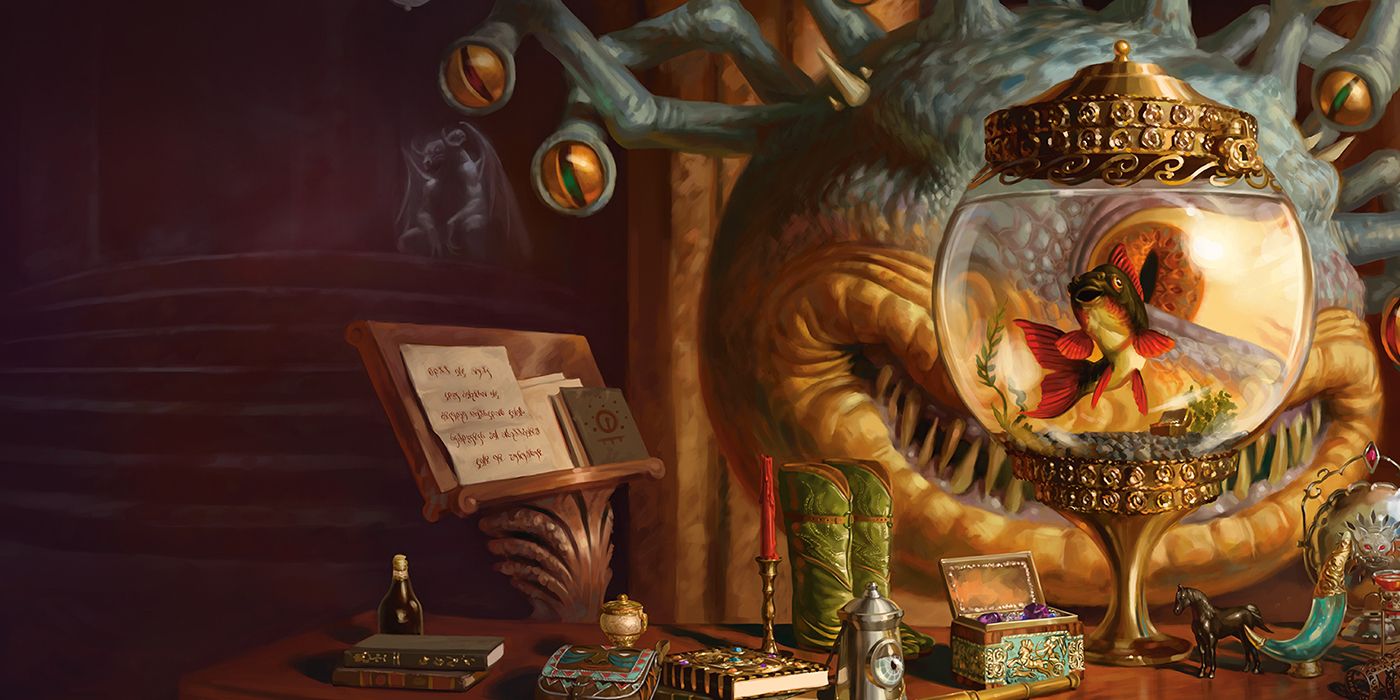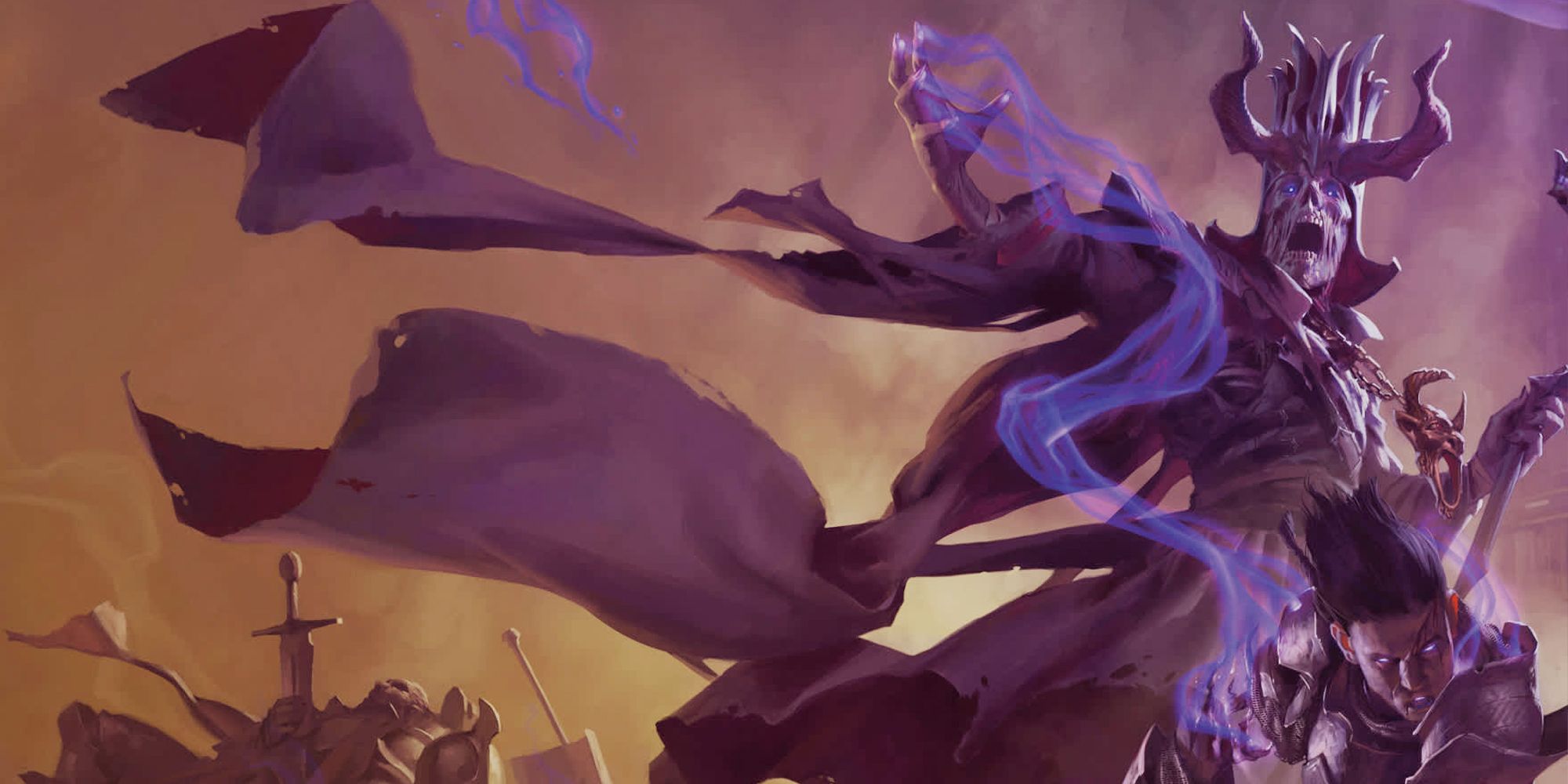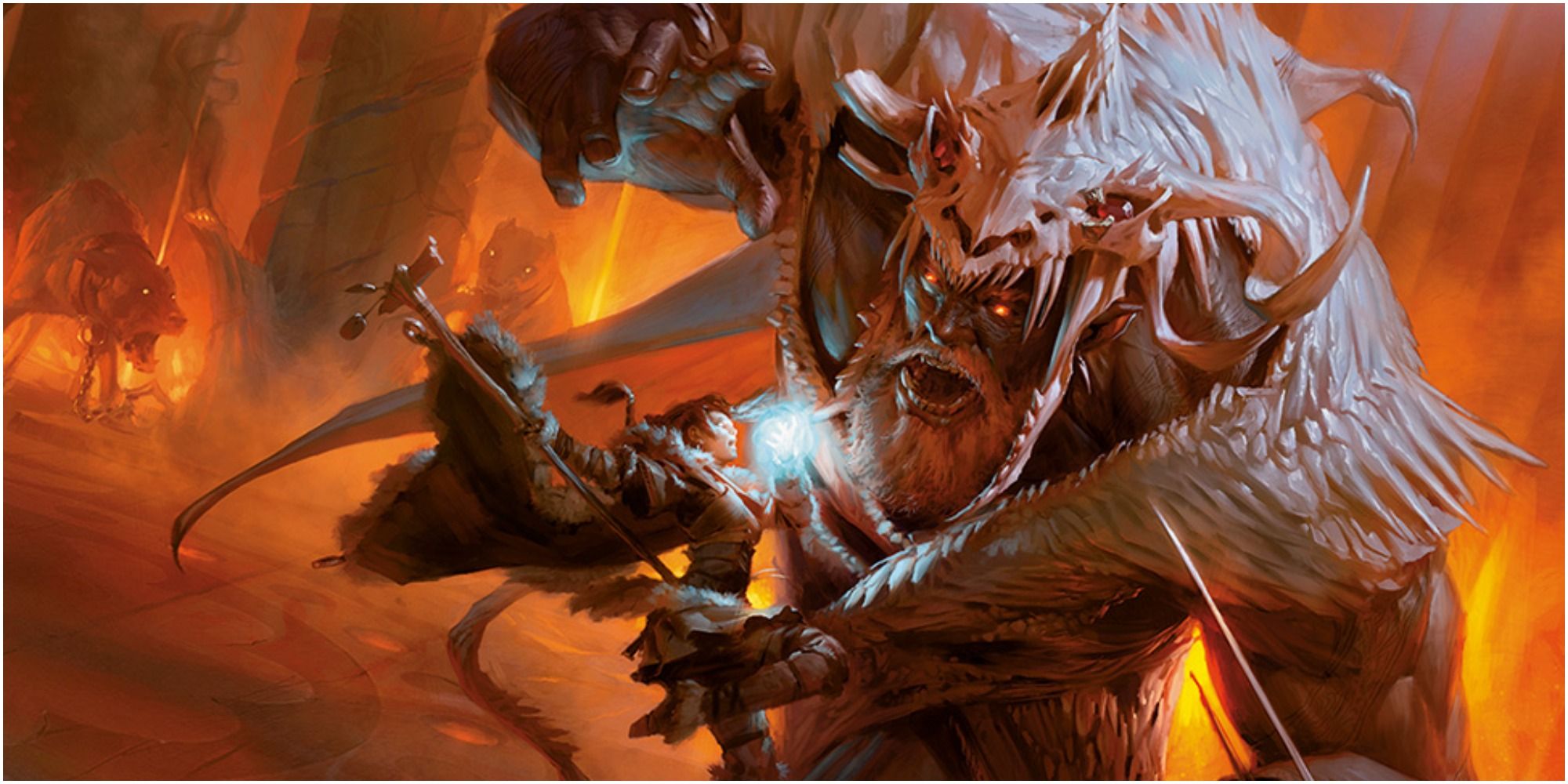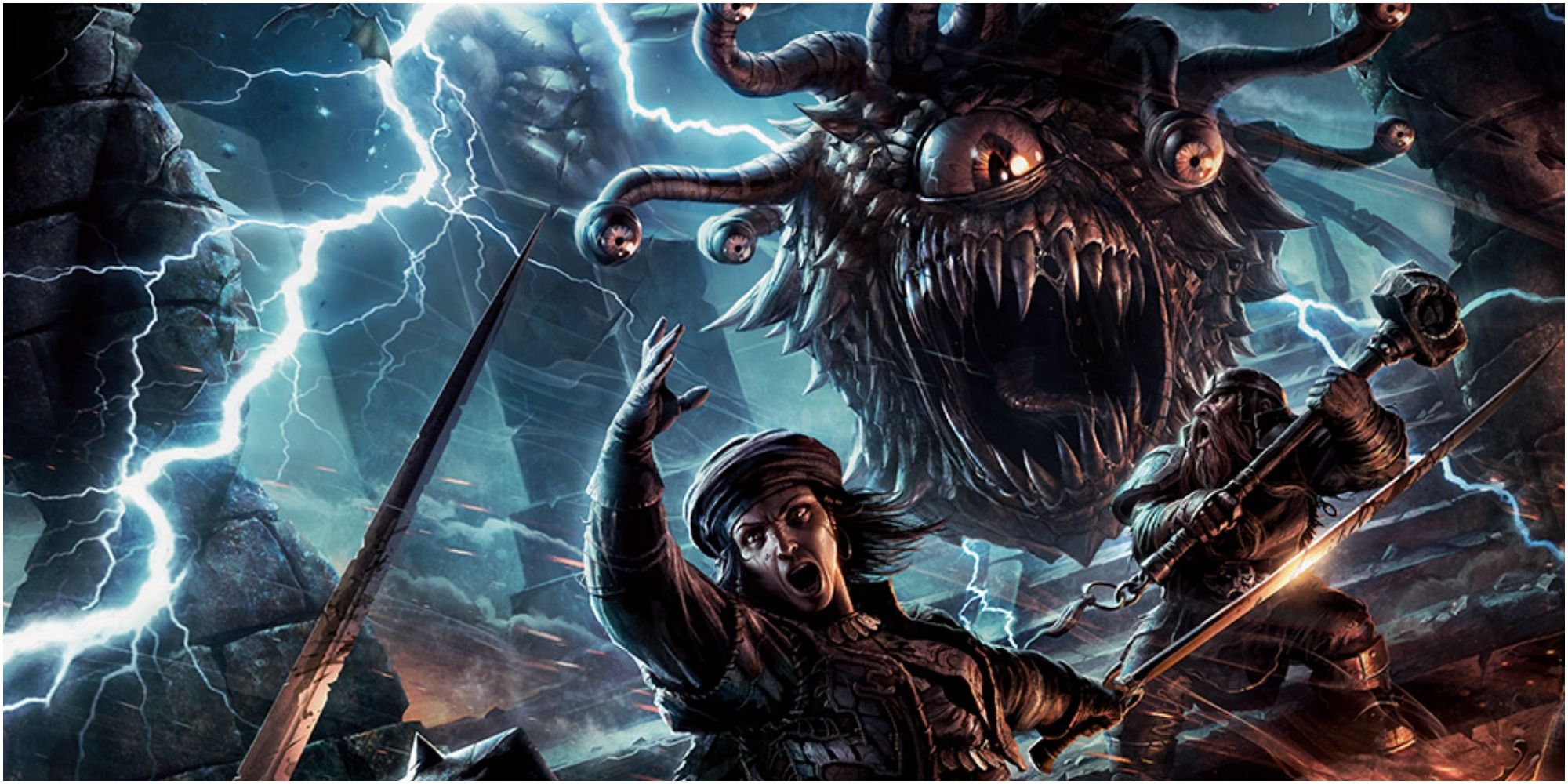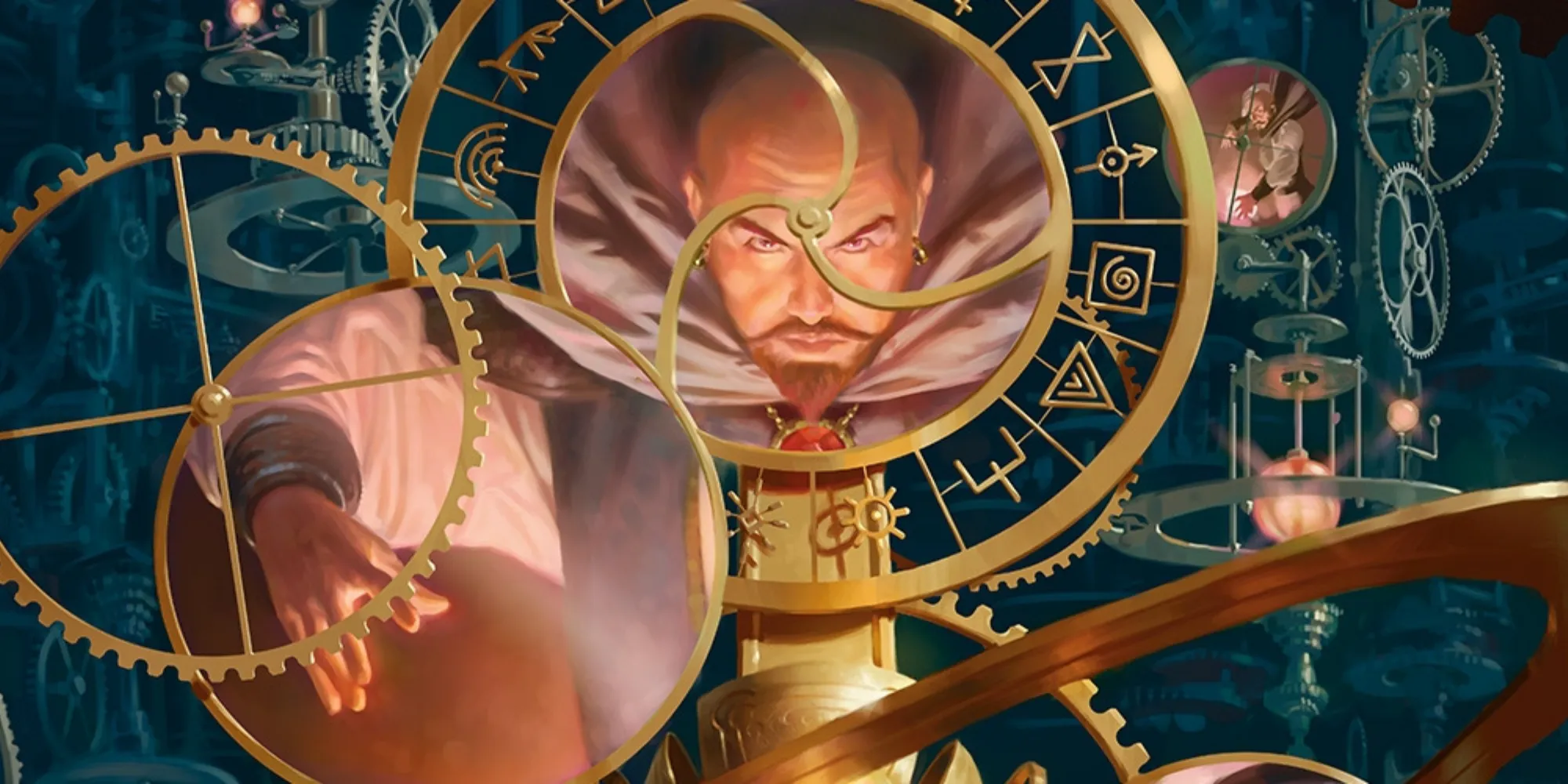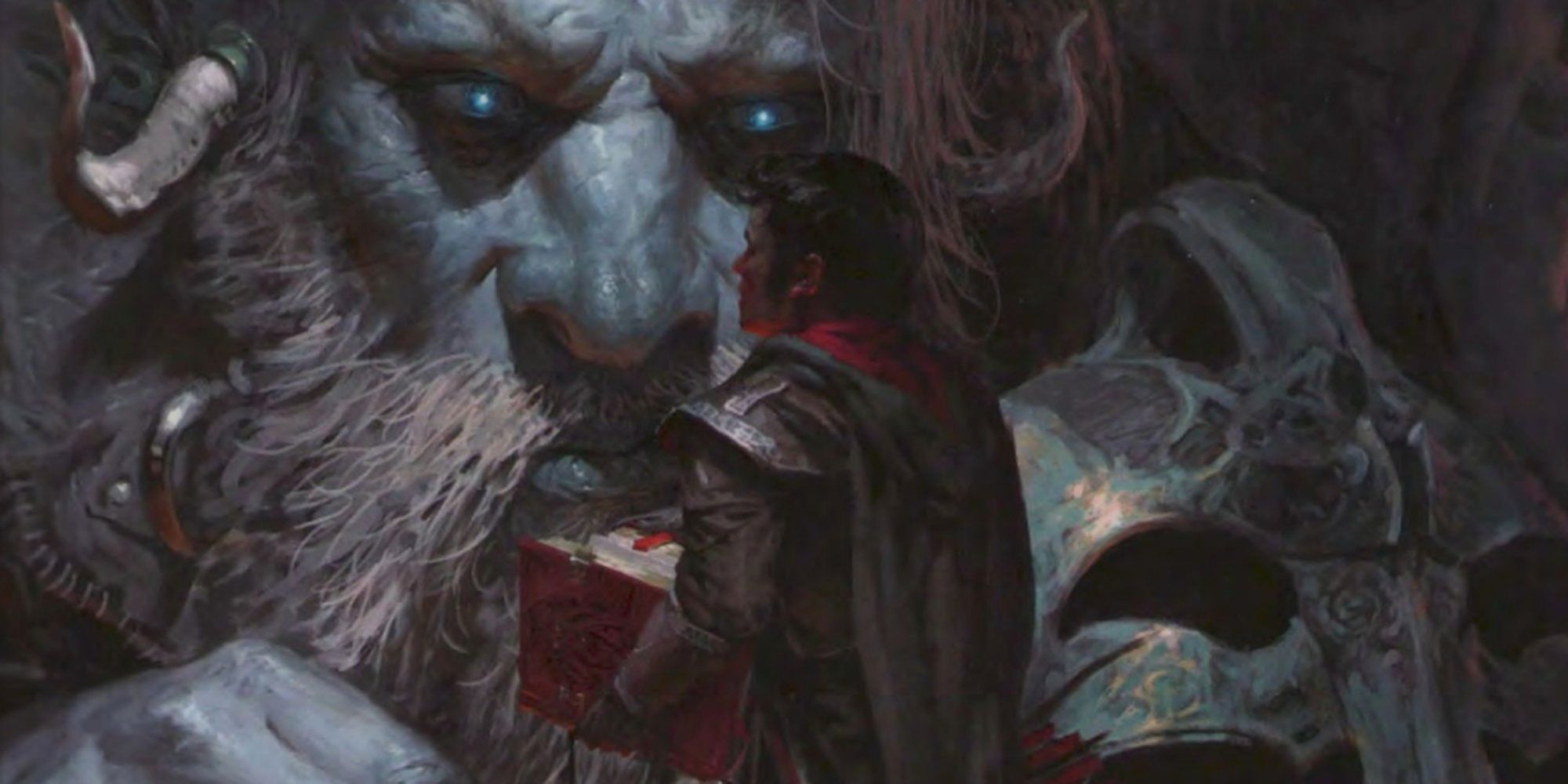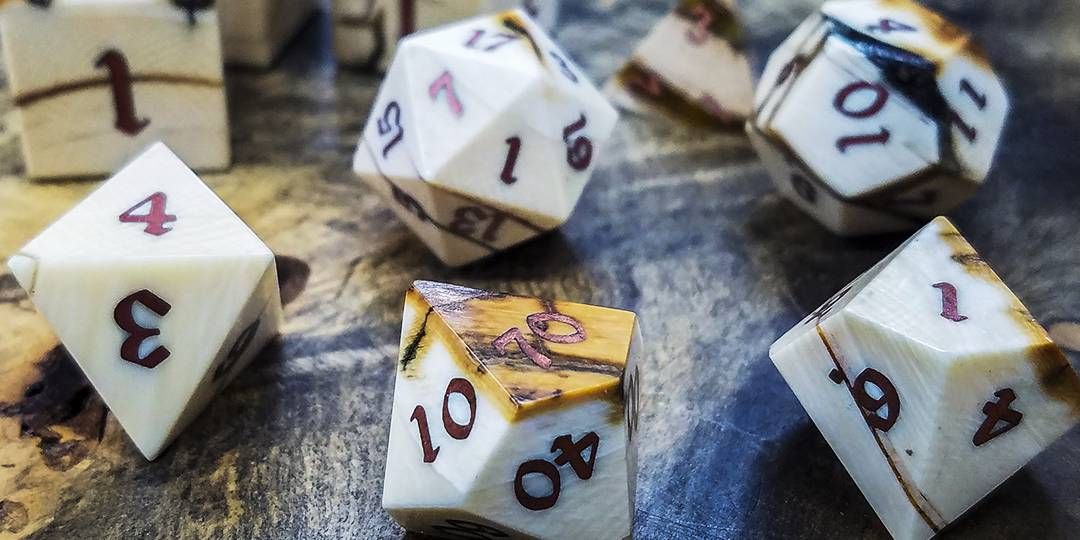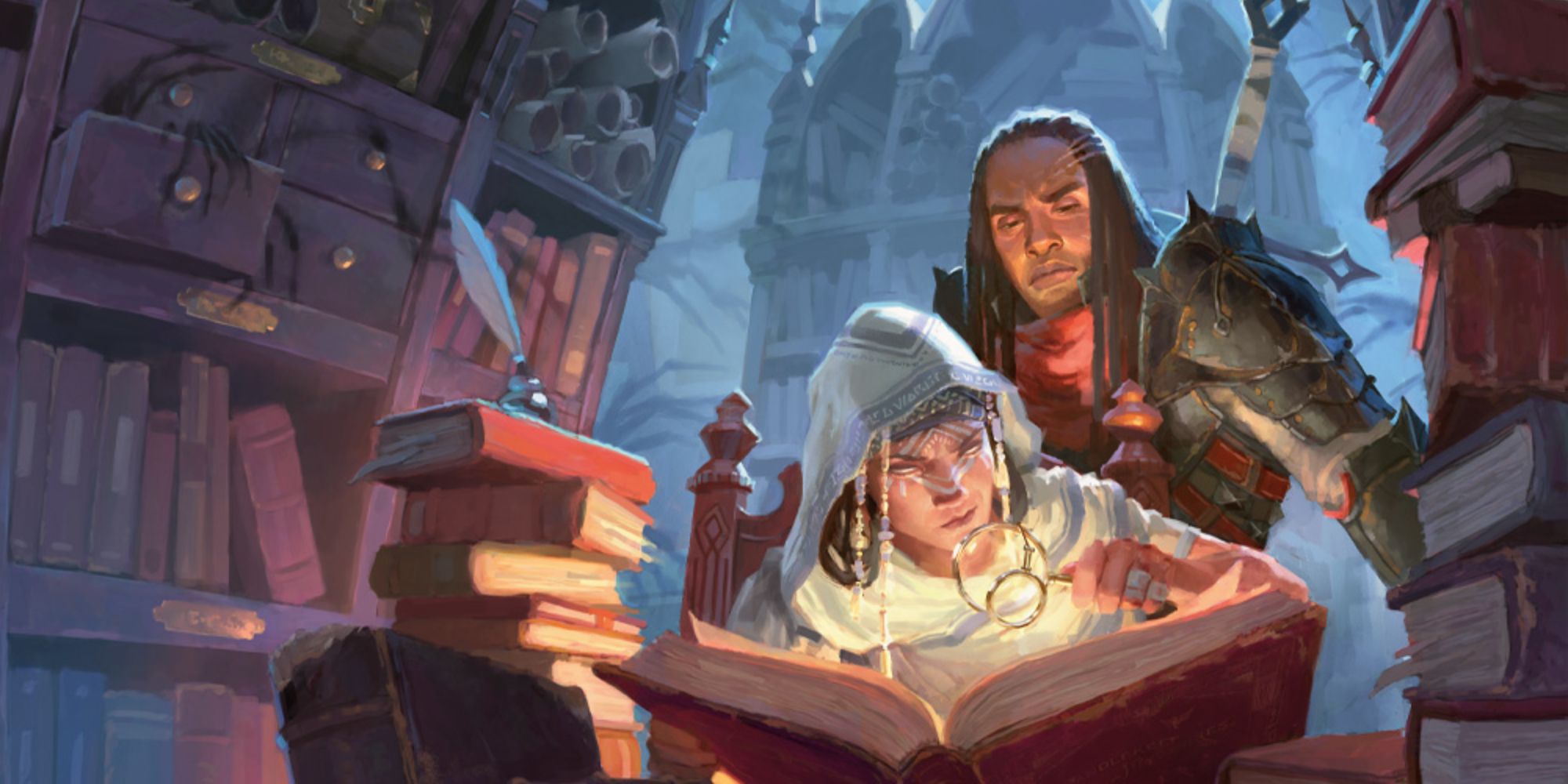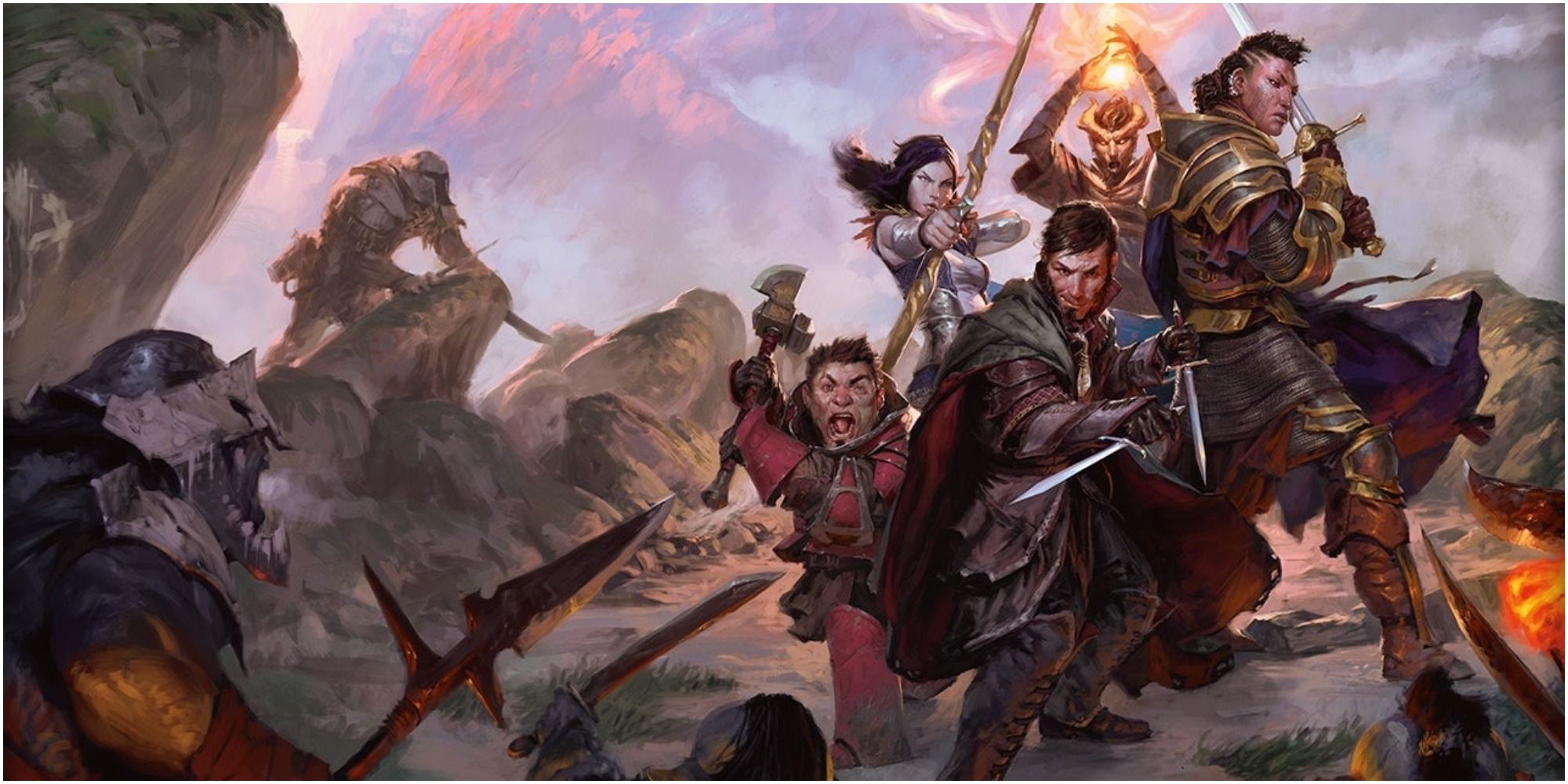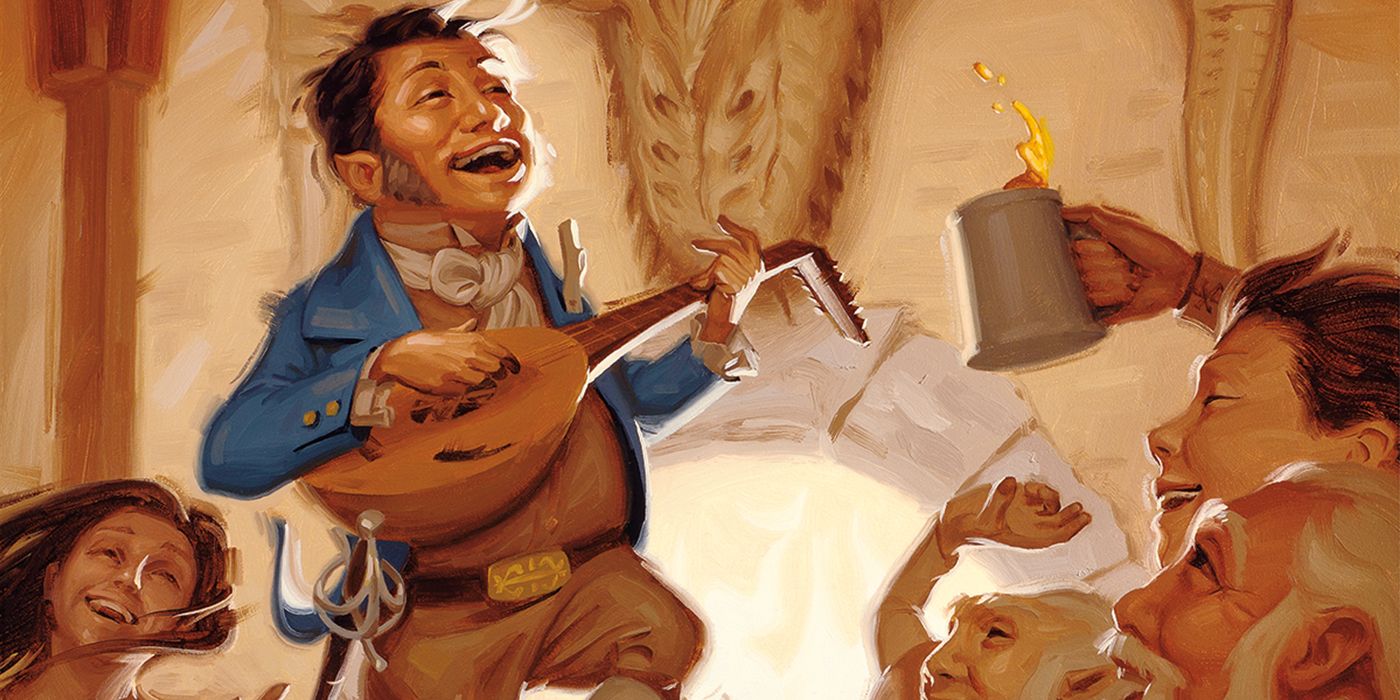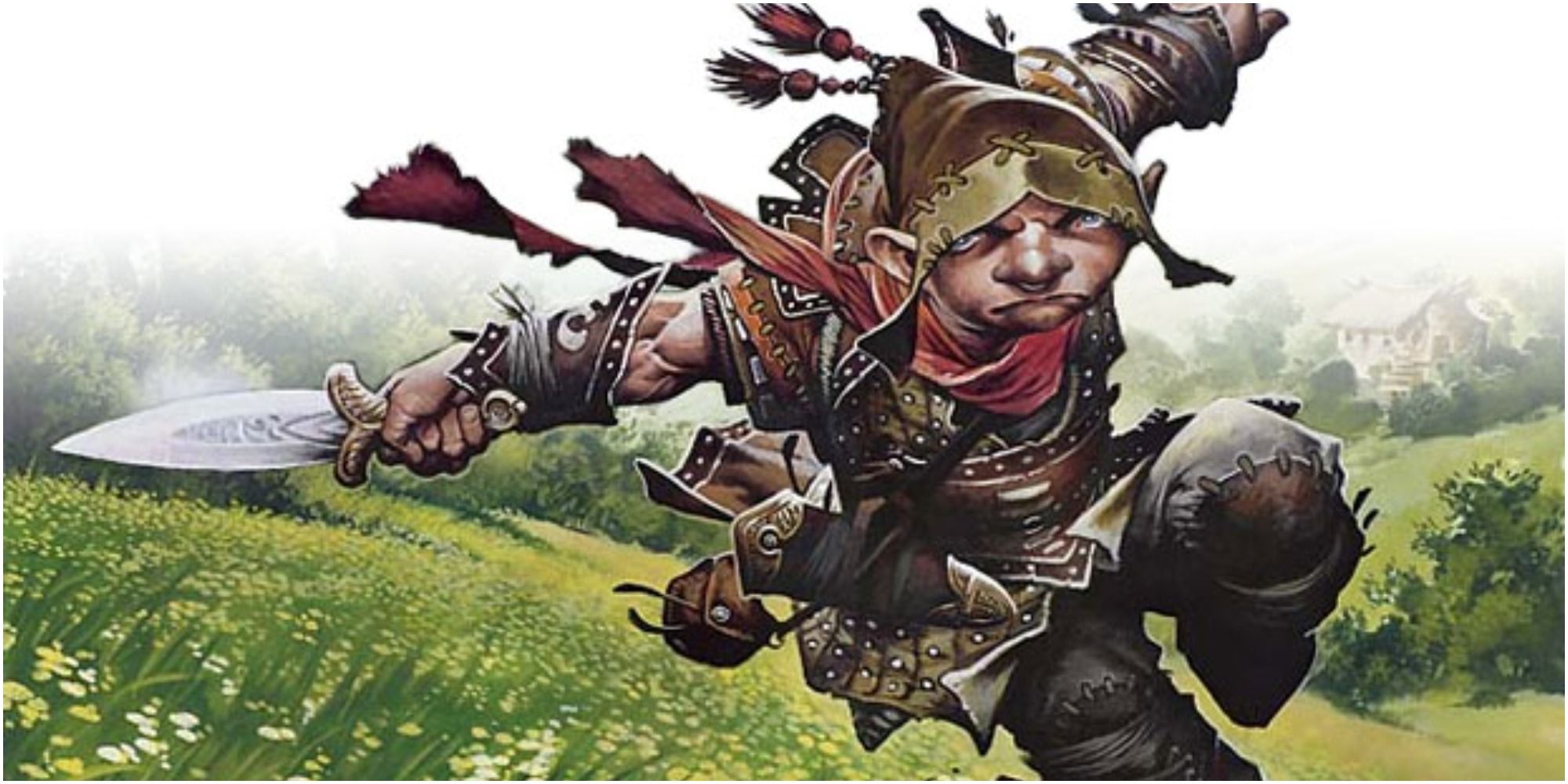So, you’ve decided to take the plunge and become a Dungeon Master! It's an exciting role that bears a lot of responsibility. As Dungeon Master, you are in charge of running a game of Dungeons & Dragons for a group of players. You could follow published modules, or run a homemade campaign.
It’ll be your responsibility to prepare content for the other players to play through, play as NPCs, control monsters in combat, and act as a referee when necessary. Hopefully, this list of tips will help your first DMing experience go a little smoother.
Updated June 17, 2023 by Lucas Olah: D&D is more popular than it has ever been, meaning there are more people out there interested in both playing and DMing games. Though every hint tip here still applies wonderfully, we wish to help out as best as we can, so we reviewed the ideas here and added a few extra tips to get your world started, from the story and characters to make the players feel satisfied with the game.
18 Prepare Content Without Overdoing It
When preparing your session, finding a balance in your work is crucial. You don't need to have everything ready because that will cause severe burnout - before the game even begins. However, just winging the whole session won't suffice either - A veteran DM can do that occasionally, but that won't be enough for an ongoing campaign.
You need to see how much is enough for you and remember that the players will also dictate how the story unfolds, not just you. Prepare the city they'll visit, the people who live there, and minor problems, for example, but let them traverse the area and decide where they'll meddle.
17 Be Wary Of Pacing
There are things in D&D that can take quite some time. One-hour-long boss battles are not impossible to happen, for example, and performing every vendor interaction in character can also take a while.
However, we won't tell you what you should and shouldn't cut - that's something you need to do depending on your party. Some players like exploring towns and talking to every NPC in character. Some players enjoy long fights. But if you and your friends only have two or three hours to play, for example, you need to see what's worth doing, and what isn't.
16 Run Or Read A Pre-Made Adventure
Dungeons & Dragons offer many adventures that you can use with your players, such as the newbie-friendly Lost Mine Of Phandelver or the immensely popular Curse of Strahd. Using one of them is a perfect way to start your DM life.
"Oh, but I love the world I created, and I want to use it." No problem, but reading these adventures can give you an idea of what you can do in your world. You could adapt them to your scenario or use them as references. Strahd's campaign, for example, gives plenty of hints on how to portray a villain with his backstory and motivations, which could inspire you when creating your BBEG.
15 Homebrew Stuff Into It
If you're creating your own world, then this part is already dealt with, but that's a good thing to do in Pre-Made Adventures or any game, really. The most unique thing you have to offer is yourself. Do your ideas, and make things happen your way.
Just because you're doing Curse of Strahd doesn't mean you can't change it, incorporating your players' backstories into it, for example, or creating your own monster, something no player has ever fought before. It'll take some getting used to the rules for this level of homebrewing, but it's possible, and you'll only get better as you go.
14 Session Zero
Whether it’s your very first time DMing or if you’re a long-time DM, running session zeroes for each of your players can be a great way to get to know each party member and tie their background into your campaign.
Session zeroes are essentially prologue sessions you can run before the first session, and they can create a much more organic means of starting a campaign than using the classic “meet up in a tavern” while allowing the DM and each given player to each get a feel for the campaign.
13 Cater To Your Players
Running a campaign without catering to your players’ interests is often like trying to fit a circle in a square hole. No matter how amazing your planned story may be, if it doesn’t cater to the party, they will have little to no reason to follow plot hooks. Providing incentives and plot threads that naturally lend themselves to your party can be a great way of keeping everyone invested.
This can take the form of tying character backstories into the narrative, having quests that directly cater to the skill sets or desires of the party. This can be anything from the possibility for a wizard to access new spellbooks to read or incentivizing a fighter with the prospect of superior gear.
12 Be Flexible WIth Your Plot
As much hard work a DM may put into planning their campaign, if one thing in the universe is certain, it’s that D&D players will do things their DM didn’t account for. This is far from a negative thing, as this unpredictability and need to improvise is what D&D is all about and it often leads to some of the most memorable parts of a campaign.
That said, this means that DMs must be willing to be flexible with their plans and be able to shy away from railroading the experience through what the DM wants, letting the players do what they want to do.
11 Communication Is Key
By and large one of the most important things a DM can do is communicate with their party. Communication ensures that everyone is on the same page regarding the campaign. Ask your players what they are and aren’t enjoying, what they’re the most interested in, what’s confusing them, etc.
This allows you to shape and prepare future sessions with this feedback in mind. Additionally, openly communicating with your party about what they want from the campaign, whether it be more combat or roleplaying can help make sure that everyone is having fun and getting what they want out of the game.
10 Read Your "Dungeon Master’s Guide" Thoroughly
While this might seem obvious, it's really a crucial step towards being a good DM in several ways. First and foremost, it contains the rules and instructions on how Dungeons and Dragons is to be played and how you as the DM make sure that the rules are followed.
It also has a list of magical items, explanations of the D&D multiverse, and other more factual content. The other half of the book contains guidelines for Dungeon Masters who want to create their own adventures. If it's your first time, it's probably best to try out a module first but if you have an idea that you can’t wait to do, go for it!
9 Be Familiar With Your Own Copy of the Player’s Handbook
Now, if you're going to be a Dungeon Master, why would you need the book made for players? Well, the Player’s Handbook has many of the same rules that are detailed in the Dungeon Master’s Guide but it also has all of the basic options for creating characters, basic items, and the library of basic spells.
These things are important for a DM to be familiar with because not only is there a possibility that you’ll have to reference it to create companion NPCs that might accompany the adventuring party, but you’ll need to have the descriptions for spells as well.
Not to mention, as the DM, people at the table will most likely turn to you if they have questions about their characters, spells, and other rules.
8 Don’t Be Afraid To Bookmark Your Monster Manual
Obviously, if you’re going to be a Dungeon Master, you’ll need the Monster Manual. However, all D&D books can be a little pricey and the idea of doing anything to them other than carefully leafing through the pages may seem ludicrous.
Despite all of this, don’t be afraid to use your books, particularly the Monster Manual. In the interest of efficiency, you can put marked sticky notes on pages you’ll need during your sessions so you can find monsters quickly and flip between different ones without losing your place.
In addition, if you make modifications to monsters, instead of putting it on a separate piece of paper that could get lost, write it in your book! Tiny strategies like this will save you needless page flipping and paper shuffling.
7 Take Notes, Notes, and More Notes
As Dungeon Master, you are essentially an omniscient god in control of an entire world and everything going on in it. In reality, you probably don’t have a god-like memory so taking notes is crucial.
Don’t try to keep everything straight in your head because something will get forgotten or confused! Don’t be afraid to pause the action for a second so you can jot something down either. It's up to you to keep track of things. such as what the characters are doing, and so much more.
Consider getting a large notebook with divided sections that you can label and keep plenty of writing utensils on hand, or even using a laptop as your 'DM screen' so you can write all kinds of information.
6 Decide What Style of Play You’re Running
There are two ways to play Dungeon and Dragons, particularly when it comes to combat and dungeon crawls. The first style is playing with a gridded map or game board and miniature figures. The other style is known as "Theatre of the Mind." In this style, there is rarely visual props and if there are, it's most likely a basic map and the players picture the action with their imaginations.
D&D’s rules have a lot of dimensions to them; movement ranges, areas of effect for spells, and many more points to consider. This could be difficult for everyone to keep track of without a visual aid. On the other hand, hauling around boards and figures can be quite a hassle. Discuss it with your players and decide what would work best for everyone.
5 Own Multiple Sets Of Dice
Players that are just starting out, really only need one set of dice. However, as the Dungeon Master, you do a lot more rolling than a player. You roll multiples of one kind of die for many monsters all at once or for the damage being inflicted.
While you could only have one set of dice, it would take you longer to roll everything you need to. Owning at least two or three sets will make this process more efficient. Not to mention, nothing strikes playful fear into your players than seeing you shake a huge fistful of dice, ready to decide their characters’ fate!
4 Stay Organized
At this point, it's abundantly clear that there is a lot going on when you assume the role of a Dungeon Master, and it can be difficult to focus. One thing that’ll make the experience more fun is if you stay organized. Keep your materials as consolidated as possible rather than on loose pieces of paper.
As mentioned in a previous tip, a large, separated notebook would be most helpful. One section can be your event notes, another can have town notes, and so on. Above all else, though, organize in a way that makes sense to you!
3 Be Prepared To Improvise
The best thing about Dungeons and Dragons is that its an interactive storytelling experience between you and your players; a living choose-your-own-adventure story! Due to the fact your playing with three or more other people, there will be a lot of ideas thrown around the table and some of them might just change the course of events.
In addition, sometimes characters die in a bout of unexpected bad luck or get extremely lucky and manage to annihilate what should have been a long fight. When this happens, you as the DM might have to think on your feet to then come up with consequences.
Try to keep your imagination and mind open because anything can happen at the table.
2 Avoid Shutting Down Ideas
One of the many hats that a Dungeon Master wears is that of “Rules Referee.” It is a necessary role so that the game is played properly and fairly. That being said, sometimes your players, or yourself, will want to go against the rules or aren’t even covered.
In cases like these, the best thing to do might be to throw the rules out the window and say "Yes!" In many cases, the rules are meant to act as guidelines and a reference when there are disputes between players. However, sometimes everyone will have an idea that's just too funny or epic to pass up.
So say “Yes!” and improvise to make it work. Remember, the whole point of playing D&D is to have fun! Sure, you won't say "yes" to literally everything - especially if they're trying something that is actually impossible - but doing that more often than not brights up the experience.
1 Consider Having A Practice Run
Being a Dungeon Master takes a lot of hard work and practice to get the hang of it. So, if you’re a little nervous about taking on this role, try having a practice run.
You could write up a short adventure of your own or try running the beginner’s set published by the makers of D&D, The Lost Mines of Phandelver. This starter adventure is very simple and short, and contains step-by-step instructions to help you DM and support new players.
In addition, the ending of the adventure provides a nice transition into what could be your own story or another module that you would want to play as you get the hang of being a Dungeon Master.

